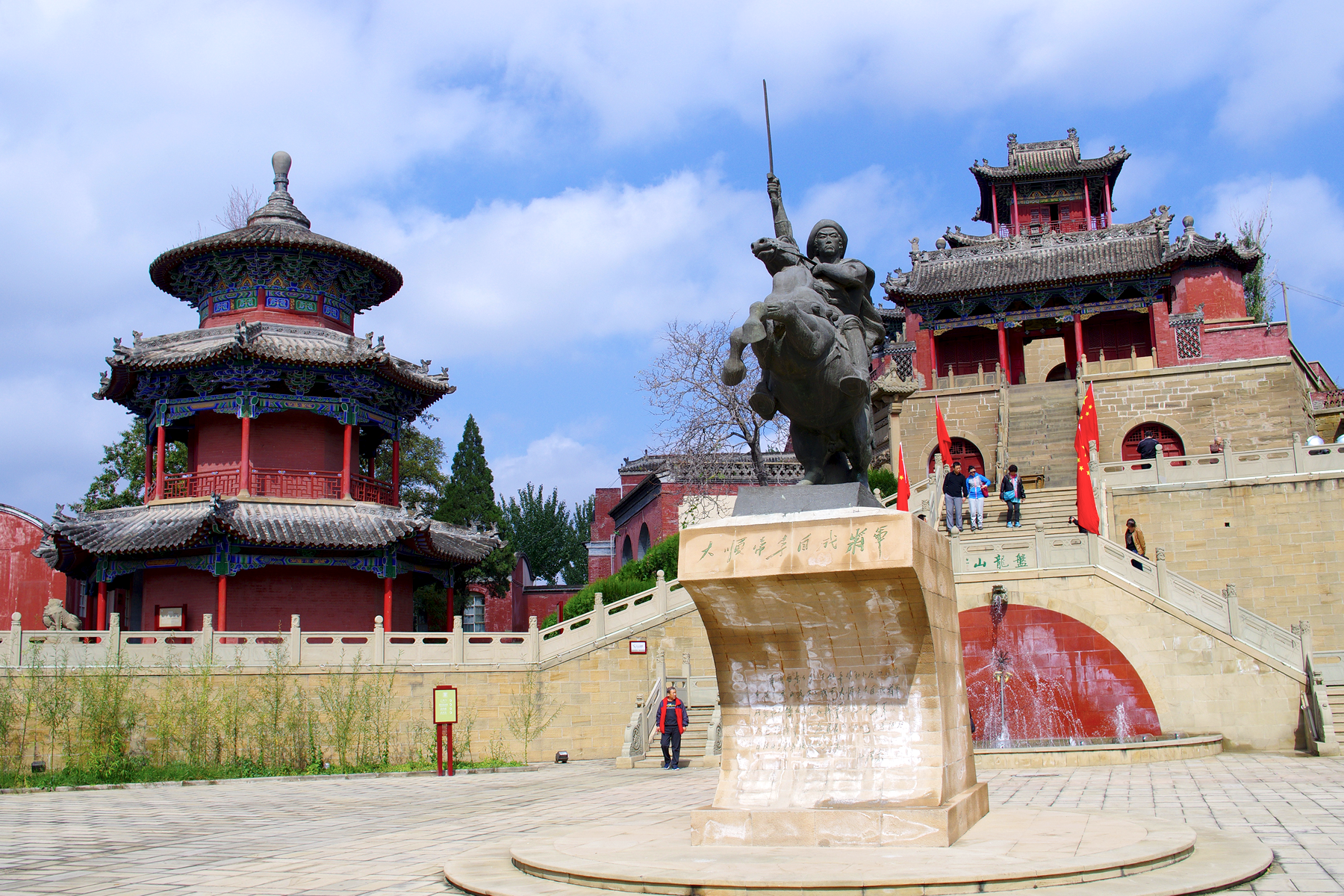

In the early seventeenth century, a series of bad harvests led to food shortages and rapid inflation in the Ming Dynasty. Ming attempts to introduce price controls led to famine, which produced widespread peasant rebellions. The region of Manchuria in northeastern China went into revolt, proclaiming the Qing Dynasty in 1632. The Ming Dynasty began to lose control of the country.
One of the peasant leaders was a farmer named Li Zicheng. Allying himself with another rebel known as the "Dashing King," he rebelled against the Ming in 1630. The rebellion spread quickly, attacking Ming officials but treating peasants well. When the Dashing King died, Li Zicheng inherited the nickname. His forces grew quickly, soon numbering over 30,000.
In 1642, Li Zicheng laid siege to Kaifeng, the capital of southern China. In an attempt to stop him, the Ming governor intentionally flooded the Yellow River, but inadvertently destroyed the city, killing 80% of the population. Li Zicheng entered the city mostly unopposed.
Two years later, Li Zicheng's forces conquered Beijing, proclaiming the Shun Dynasty. The last Ming Emperor hanged himself from a tree in a garden outside the Forbidden City.
The Dashing King attempted to solidify his control of the country by attacking Wu Sangui, one of the last Ming generals who had not surrendered. Wu Sangui turned to Manchuria, declaring his allegiance to the Qing Dynasty. Together, they attacked Beijing and defeated the Dashing King.
The Ming Dynasty had been the last ethnically Han government to rule China, which would now be ruled by Manchus for the remainder of its imperial history.
Peking Opera "The Drunken Concubine"